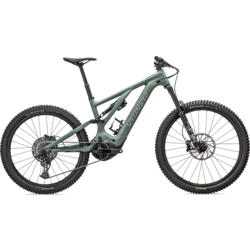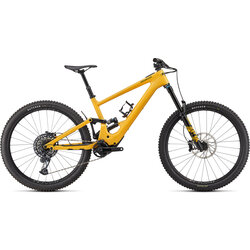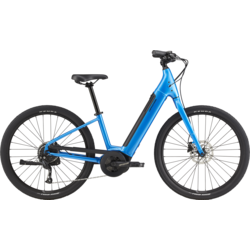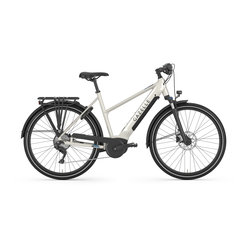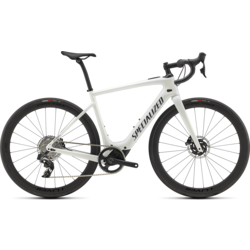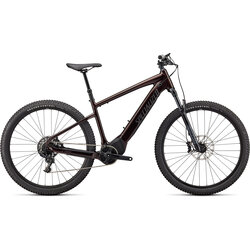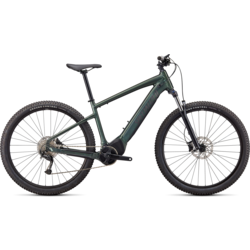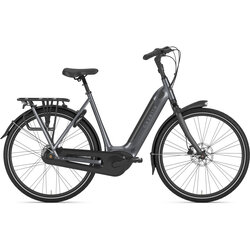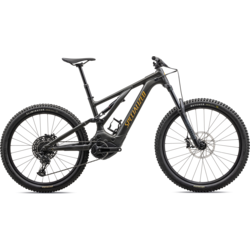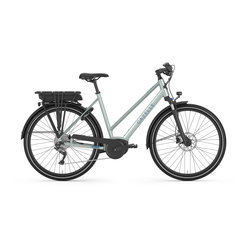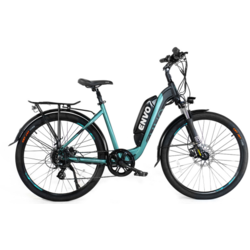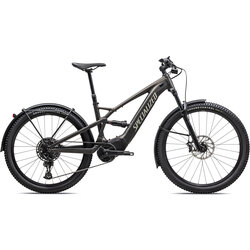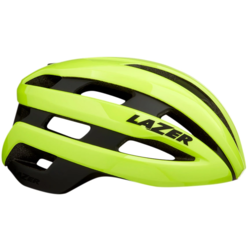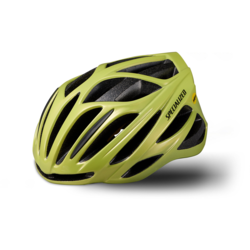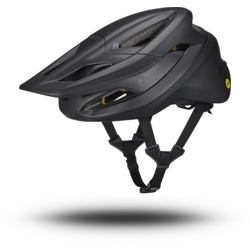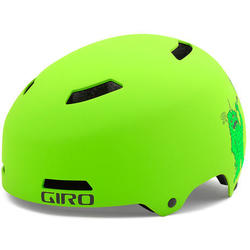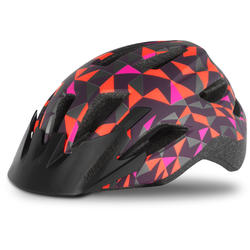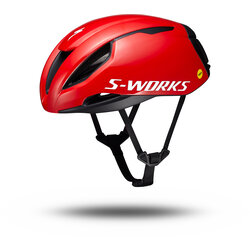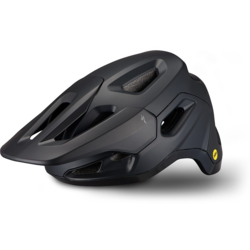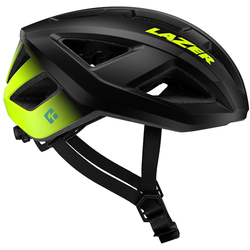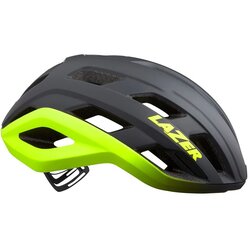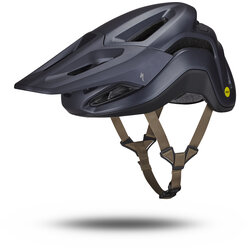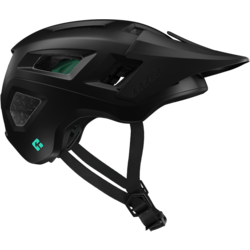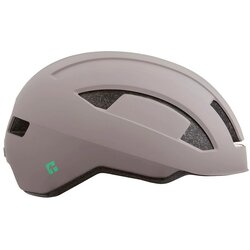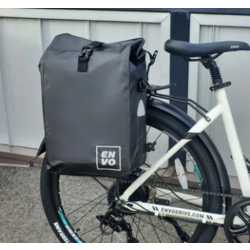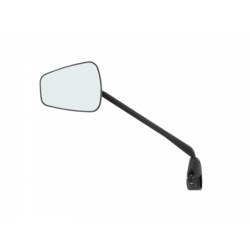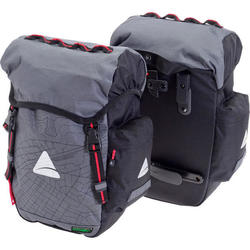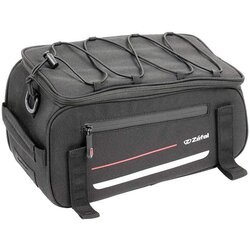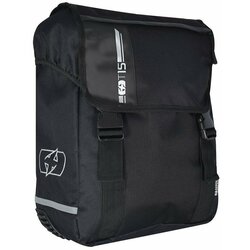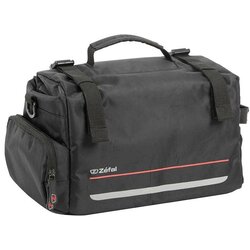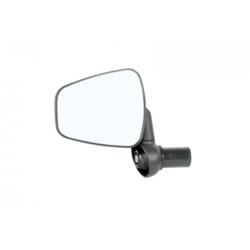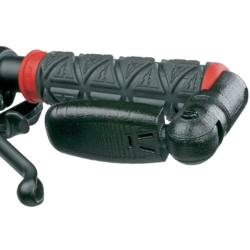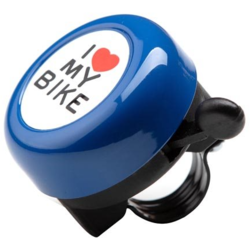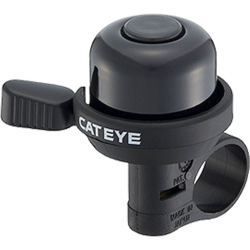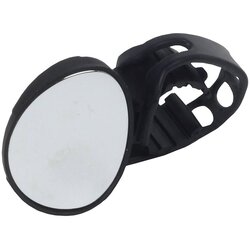E-Bikes 101
EXPLORE ELECTRIC BIKES
Electric bikes come in all shapes, sizes, and distinctive classes that differentiate the levels of pedal-assistance, throttle and speed. These classes can determine what you can ride and where. Riding an electric bike expands your possibilities on two-wheels and figuring out which class of e-bike you need is a key decision point. Class 1 is pedal-assist only, meaning you do have to pedal. Class 2 can be powered solely by throttle, as well as pedal. Class 3 Is anything beyond Class 1 and 2. All are, of course, really fun to ride! Learn more about the three classes to help you choose the best electric bike for you! See the explanations of each class below
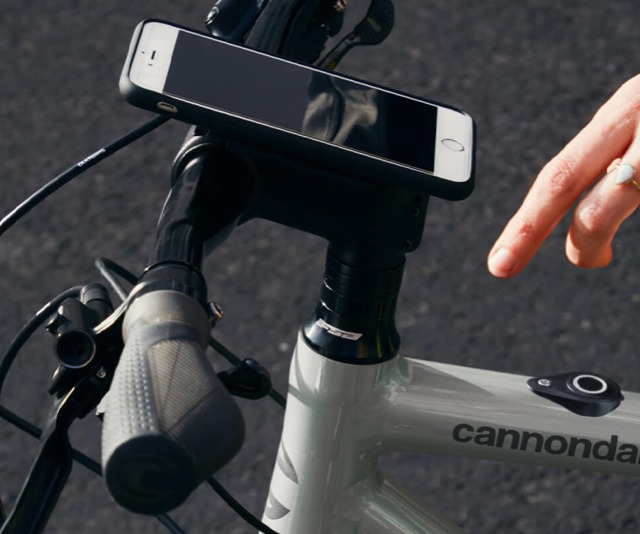
How do I get going on an electric bike?
Jump on board - it’s easy. Just press play - that’s easy, too. Select the power mode, pedal away, and the motor will help propel you along. All the ride information you’ll need is displayed right there on the control panel in front. It’s all so, so easy. You’ll wonder why you haven’t done this before.
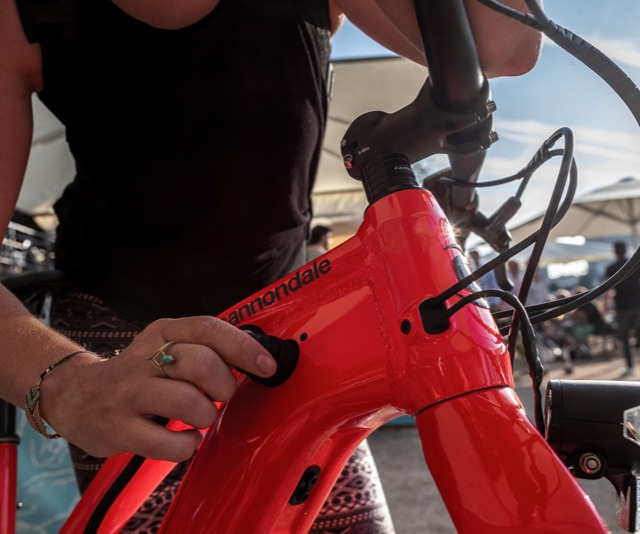
How do I charge an electric bike battery?
Charging is easy - simply plug and play. All electric bikes come with everything you need for standard home or office charging.
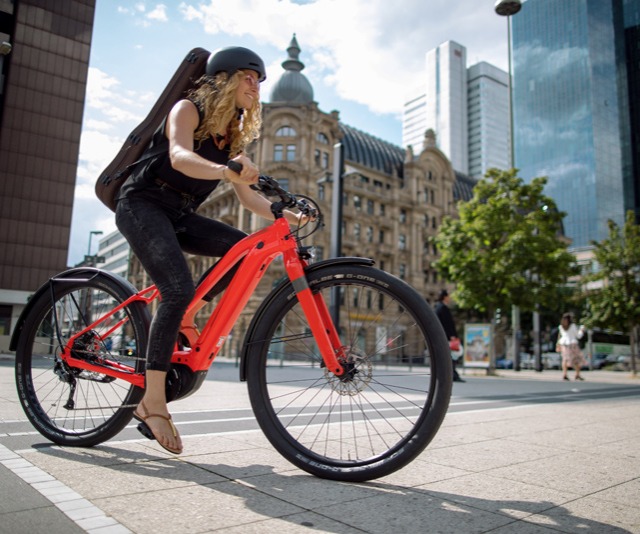
How far can I go on an electric bike?
Battery power varies based on many factors, such as how much you're pedaling, the power mode, and how hilly your ride is. You can go up to 100km on a single charge!
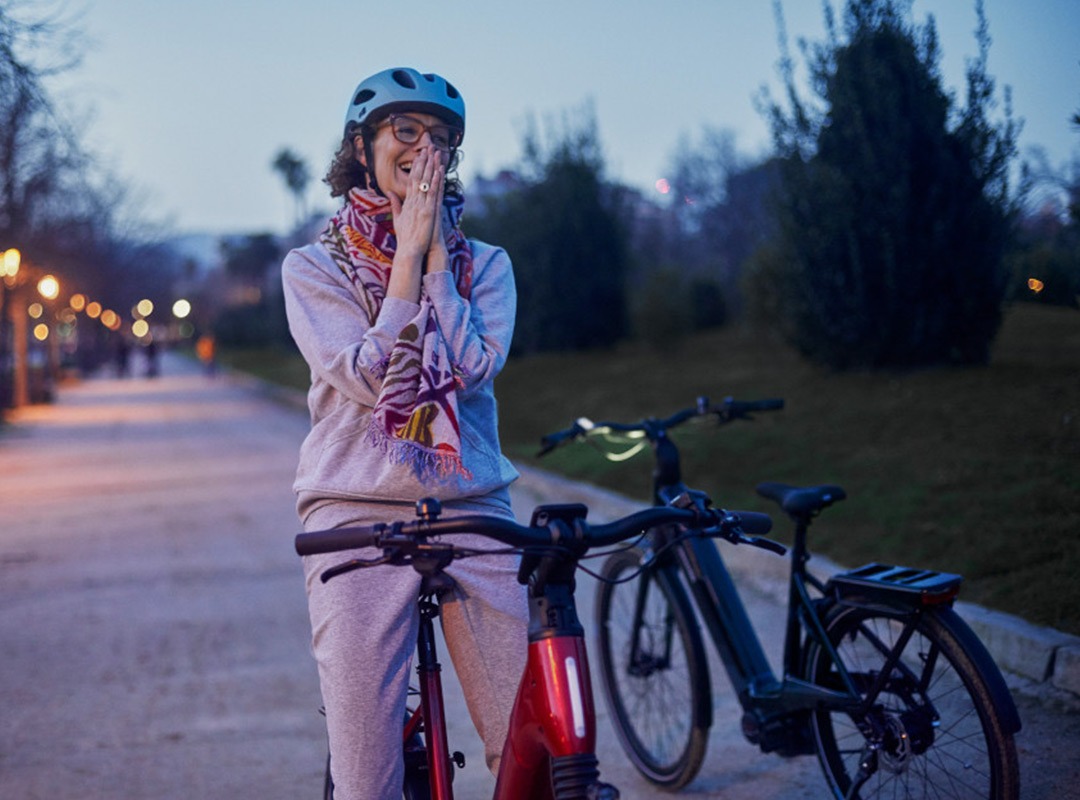
Where can I ride my electric bike?
Whether you want to commute through the city, enjoy your new favorite byways, or tackle the great outdoors, the e-bike is the perfect solution for all rides. Cannondale e-bikes come with the latest technology made for pure enjoyment.
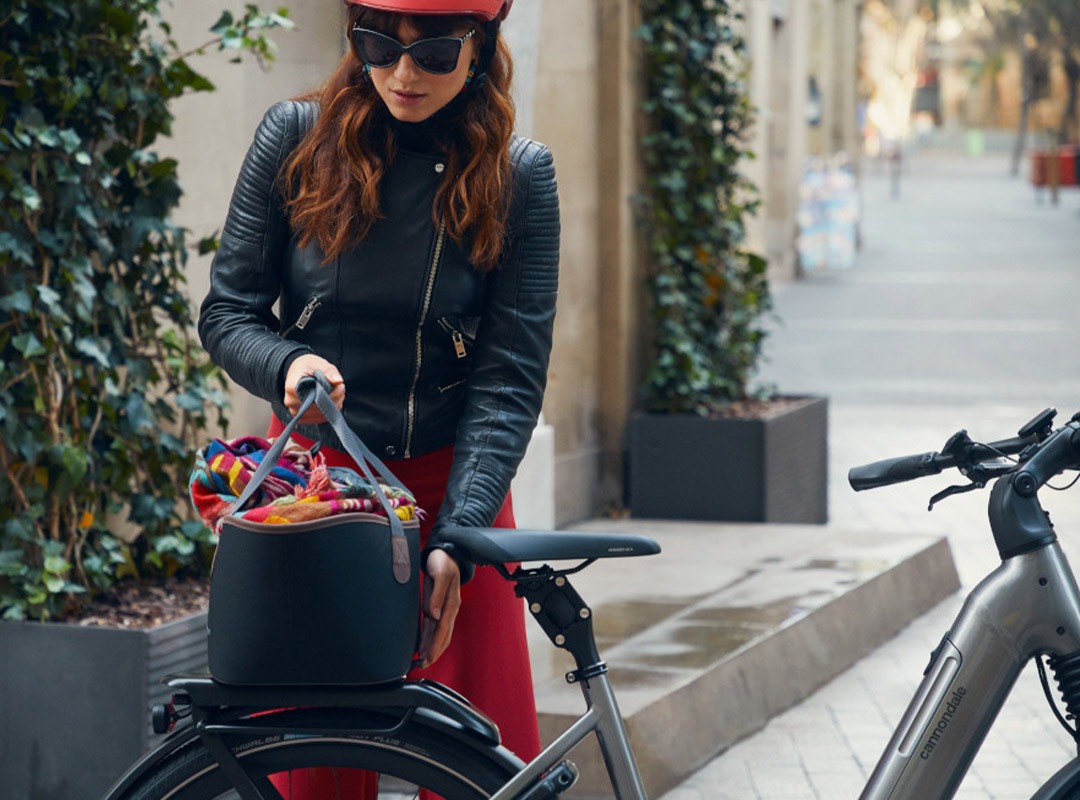
Why is an electric bike better?
If you’re getting back into riding bicycles, if you want to take the longer route home, if you want to ditch the car and pedal instead, or if you want to carry more, climb more and just ride more, then let the e-bike take you there. It’s so easy.
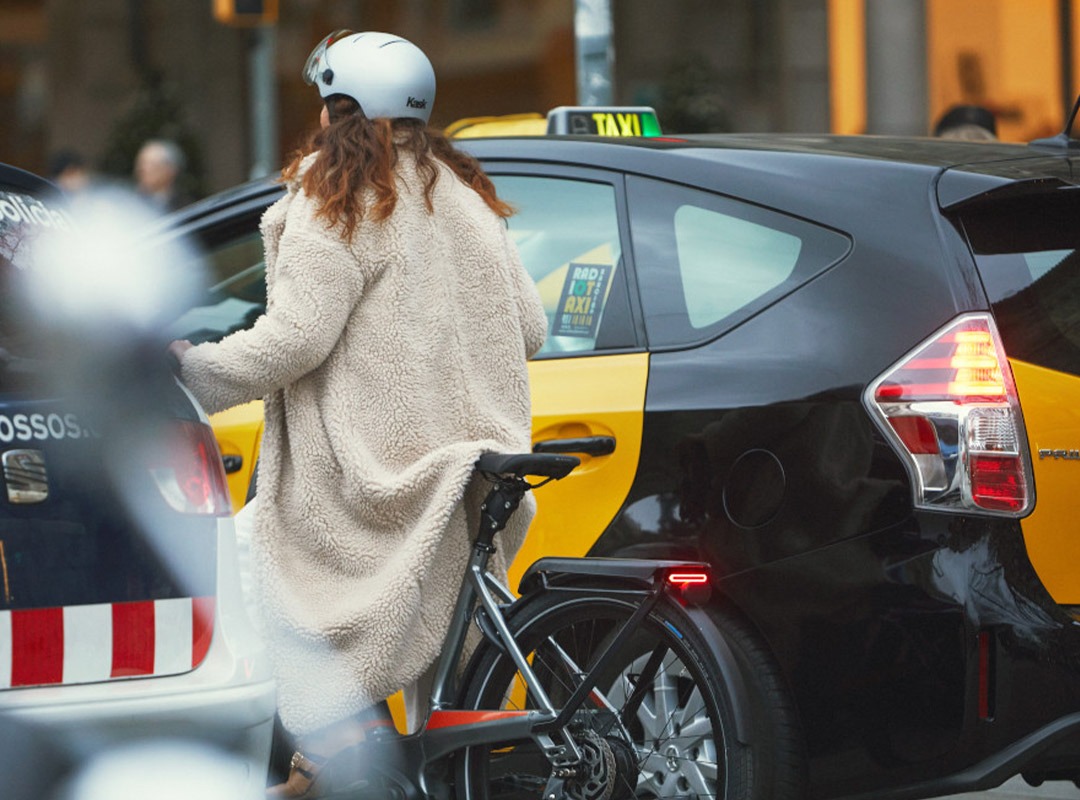
What's not to like?
You can ride to improve your fitness, you can ride further and carry more gear, you can leave the car at home and help save the environment – on an e-bike you can do so much more and really feel the benefits.
Know the Laws and Regulations
Each jurisdiction has different rules that apply to electric bikes. That may include regulations for youths, public roads, bike lanes, multi-use paths, or off-road trails. For your safety, and the safety of those around you, please understand where and how you can use electric bikes in your area.
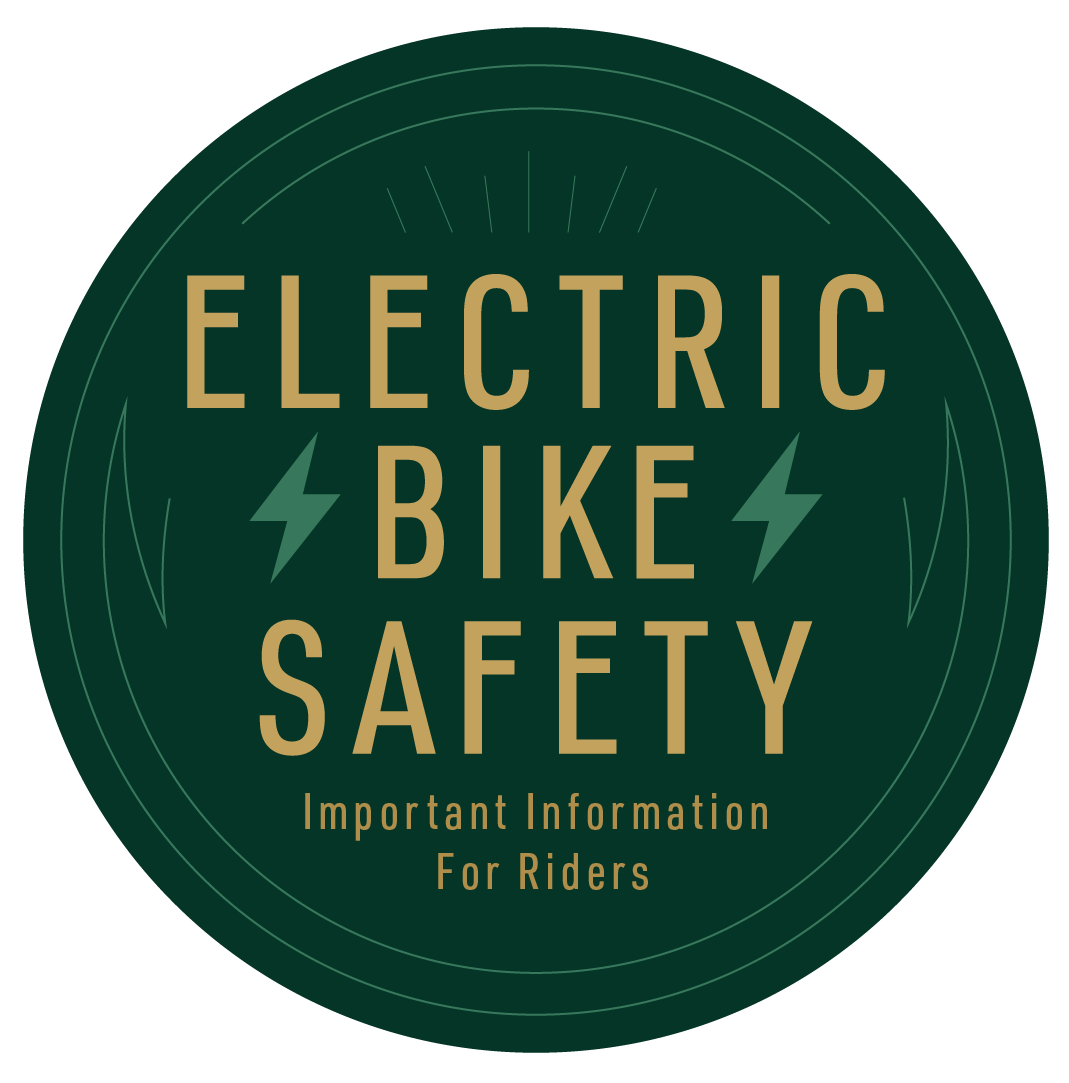
Staying Safe On Your Electric Bike
Electric bikes offer the same joy and fitness as a traditional bike - but the electric assistance can propel you at speeds you might not be used to and have extra features worth understanding.
Please take a moment to review this important safety information, and ask our team any questions you might have about electric bike ownership.
Electric bikes offer the same joy and fitness as a traditional bike - but the electric assistance can propel you at speeds you might not be used to and have extra features worth understanding. Please take a moment to review this important safety information, and ask our team any questions you might have about electric bike ownership.
Know Your Battery
Not all electric bike batteries are the same. Different voltages provide different ranges and speed maximums on electric bikes - a 36 volt battery will have a lower capacity than a 52 volt battery. Being mindful about battery practices is the best way to stay safe.
- Don’t overcharge your battery
- Use the charger provided by the manufacturer
- Monitor your battery as it charges
- Store the battery in a safe, cool place when not in use
- Don’t tamper with the battery or system configurations like power/speed regulators
- Keep a Class 3 fire extinguisher near where you store your battery
- If issues arise, take your bike to the shop for an assessment
Class 1
Class 1 bikes are great for almost every rider, as the most affordable option and the most universally accepted from a regulatory standpoint. Class 1 models are pedal-assist electric bikes that go up to 32 km/h (or faster speeds with the addition of human power). The motor kicks in only when you pedal and stops helping at 32 km/h. These models are great for bike paths, many public trails, and street riding.
Class 2
Class 2 models are very similar to Class 1, with one important distinction. Class 2 electric bikes have a throttle-assisted feature, so riders can go up to 32 km/h without pedalling, similar to a motorized scooter or motorcycle.
Class 3
Class 3 electric bikes are the fastest option that fits within common regulatory frameworks. They are pedal-assist bikes that go up to 45 km/h (or faster speeds with the addition of human power). Class 3 E-Bikes are not currently allowed by Ontario law. We do not sell any bike in this class.
Any electric mobility product not clearly labeled with one of these classes, or that allows for speeds greater than 32 km/h are not classified as bicycles. We highly recommend that you purchase your next e-bike from a qualified and reputable bike shop like ours to help you be safe and legal.
More questions? We have answers.
It’s so easy! You jump on, push a button positioned by the handlebar (or on the frame) to switch the bike on, and you pedal away. The electric motor simply boosts your pedal-power to the rear wheel. If you feel like you want more support or more power, you push another button to select the right power level for you on your e-bike. Going up a steep hill and want to go faster? Then simply select a higher power level. It’s all very simple and intuitive.
An electric-bike, also called an e-bike, rides just like a regular bicycle but is made with a hub motor or mid-motor, a special Lithium-Ion battery, and a connected display to help you out with info such as speed, range, and power level. And the battery? The battery is usually integrated into the frame (on the downtube) that you can’t even see it.
Many factors influence this answer. With a full charge of your e-bike’s battery your e-bike's range – which is how far you can ride today – varies from 35km / 20 miles right up to 160km / 100 miles or more. In general, the more power you want from the motor, the more energy it uses up, and this affects how far you can go on your bike ride.
Other factors that affect e-bike range are the steepness of the terrain, the road surface, the weight of the rider and kit on board, the wind conditions, and more. Think of it as miles-per-gallon in a car and being able to make the most of your range by riding economically. The tip is to optimize the power level and how you are riding while keeping an eye on the range left in your battery, which is typically shown on your bicycle’s display unit.
It depends on the size of the battery, its capacity, and the type of charger. Each e-bike will come with a guide or technical manual which will give you the specifics for your bike’s system. For example, a higher capacity 625Wh battery can be 50% charged in around two hours, and fully charged in five hours with a standard charger. With the fast charger, you can bring the time to charge a battery to 50% right down to just over an hour, and fully charged in around three hours.
These are built to last. Usually, an e-bike's battery lasts over 500 cycles – this means you can charge and completely discharge it about 500 times. Your electric-bike battery is similar to your phone’s battery. It’s still a lithium battery, it’s only bigger. Also, Li-Ion batteries do not have what’s called a ‘memory’ effect, so there’s no need to fully charge the battery or drain it completely before recharging it again for your next ride.
The range – the distance that you can ride your e-bike – is shown clearly on the digital display positioned on your handlebar, or even on your smartphone.
It’s very simple. You just need to charge your electric bike battery with the charging unit that comes with the bike and plug it into a normal domestic socket or outlet. You can charge the battery directly while it's still on your e-bike, or you can remove the battery and charge it separately in your home or office.
No – to recharge your battery, it needs to be connected and charged via a regular electric outlet or socket, in the same manner as you would charge your phone or laptop.
Yes – the motor adds power to your ride, but only when you actually pedal your bike. You can still ride your e-bike even if you do not want to activate the electric assistance, and you can freewheel and cruise along, just like a regular bike. It feels and rides like a conventional bike – with added power, when you want it.
No – each Cannondale electric bike is delivered with a dedicated charger with a specific cable and plug built for e-bikes only, and this can’t be used for other electrical devices.
Yes, you can – riding an e-bike is still great exercise. Depending on the amount of exercise you want to do and the power assist you want from the motor – you select between different power modes by simply pushing a button to get the right level of power assist. Remember, you always have to pedal, and it can still be a great workout.
Absolutely! Riding an e-bike means you can go farther, power up those hills, and reach destinations you'd never thought was possible to go to.
The battery – which is a valuable part of the bike – on each Cannondale e-bike is locked to the frame for security. To remove the battery, you have to use the key provided with your electric bike.
Yes – all electrical components on an e-bike have been designed and made to be waterproof. You can carefully wash your e-bike with no problem (however we don’t recommend using a jet-wash or power-wash hose), meaning you can enjoy riding in all seasons.
In winter it’s recommended to remove the battery from your e-bike and store it in a cool, dry place – Li-Ion batteries don't like being left out in the cold and wet. If possible, when not in use store your e-bike indoors or under-cover as well. You should also try and keep it charged at around 70% to guarantee a long life to your battery.
On many Cannondale electric bikes, there is a wheel sensor that automatically records your trip. You simply download the Cannondale App, pair it to your bike and you can see how you and the Cannondale community are improving your ecological footprint, every time you leave the car behind and take the bike.
Specifically, when riding an e-bike you emit the equivalent of, at most, 3–5 grams of Co2 per Km in full power mode (due to charging via an electric output and how that electricity was supplied). If you did the same journey by driving a car, Co2 emissions are anything above 120grams/km. Save the planet little by little and get fit at the same time!
First and foremost, picking the right bicycle brand means product reliability, best quality, and safety. Then you have to consider how and where you want to use your electric bike — the type of terrain, how long you want to ride, and where do you want to go. We would also recommend you visit us in store or contact us to check out the options and speak to someone who can help size you up and pick the right bike for you. We have a wide range of electric bikes to fit your purposes – we have e-bikes for everybody.
There are two different motors, and they relate to their position on the bicycle: an e-bike will be equipped with either a hub motor, or a mid-motor.
The hub motor is in the center of the rear wheel and is widely recommended for urban use, casual cycling, and commuter rides. The hub motor is also good for road cycling, as it’s perfect if you still like to have a sensation of performance.
An e-bike mid-motor is mounted on the frame in the crank/pedals area – this system is generally more powerful and perfect for more mountainous or off-road terrain and longer routes.
Wh stands for Watt-hours and determines how much energy is kept in the battery in a single full charge. The larger the Wh number, the more energy can be stored in the battery. So the higher the Wh number, the more potential range you have, and the longer you can ride your e-bike.
In the motor's technical spec, we show you the Newton-meter (Nm) and the Watt (W). Both numbers indicate how much help or power you will have to go fast or climb a steep hill. The Watt level is limited by regulations to 250W continuous output. The Newton Meter is only limited by physics and the value indicates the torque. Torque is the force provided to turn the rear wheel. The higher the torque is, the quicker can a bike be accelerated or ride up a steep hill – think of it as a ‘twisting’ or turning force.
Go To Buyer's Guide E-Bike Section
If you navigated to thsi page from our Buyer's Guide, Here's the quick way back!
Specialized E-Bikes
Cannondale E-Bikes
ENVO
E-Bikes
Royal Dutch
Gazelle
Shop Electric Bikes
Ready to get started? Shop our selection of electric bikes from great brands.
Shop Helmets
Step one of riding an electric bike: wear a quality helmet. Find your perfect match with our wide range of sizes and colors.

